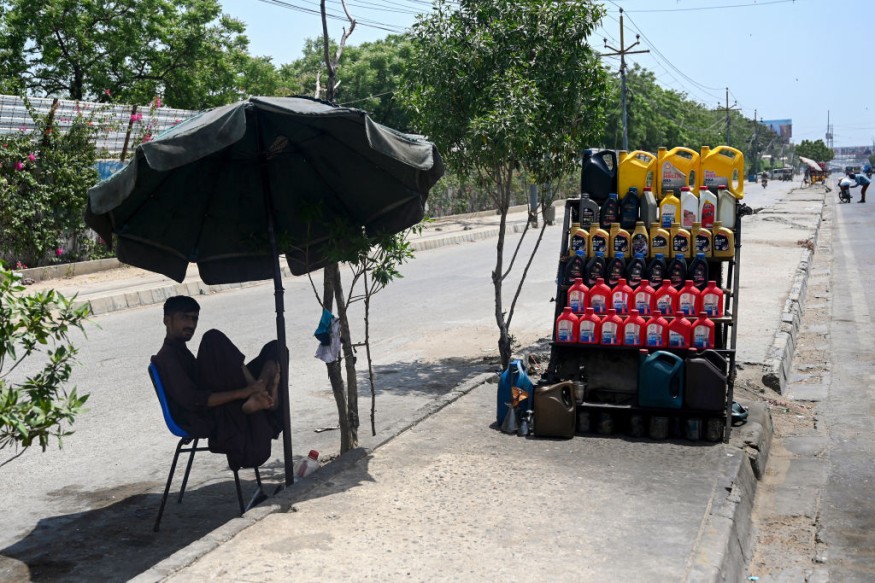
Millions of Americans could be in danger from hazardous heatwaves as the United States is expected to have yet another record-breaking summer with high temperatures.
Hotter-Than-Average Summer Temperature
The National Oceanic and Atmospheric Administration (NOAA) reported that the majority of New Mexico and Utah, along with portions of Arizona, Texas, and Colorado, have the highest risk (60% to 70%) of experiencing summer temperatures that are hotter than usual.
Furthermore, there is a 40% to 50% likelihood of above-average temperatures from June through August throughout the whole northeast, extending from Maine to Pennsylvania and New Jersey, as well as a sizable portion from Louisiana to Arizona, Washington, and Idaho.
Alaska's southwest is the only region where below-average temperatures are predicted.
"We can expect another dangerous hot summer season, with daily records already being broken in parts of Texas and Florida," said Kristy Dahl, principal climate scientist for the Climate and Energy program at the Union of Concerned Scientists.
She added that because the infrastructure and governmental structures are not resilient, climatic calamities will intensify and compound one another as the Earth warms.
Texas has already experienced record-breaking temperatures, unprecedented floods, and numerous storms. Earlier in May, temperatures surged while a violent storm wrecked transmission towers and power lines, leaving hundreds of thousands of homes in the Houston area without electricity and causing at least seven fatalities.
The storm, which tore across northern Florida and New Orleans, was linked to a heatwave that is destroying records in Central America, forcing schools to close and crops to die. A heat dome, a strong area of high pressure, is to blame for all of this heat. It has been hanging over Mexico for weeks, breaking records for temperature, with particularly hot and muggy nights in Mexico City, where concerns about the nation's water supplies running low and the increased risk of wildfires are growing.
In the meantime, portions of the Midwest have already been covered in smoke from wildfires in Canada.
The summer projection for 2024 coincides with what looks to be the end of El Niño, a natural climatic phenomenon that will eventually give way to La Niña, which is predicted to have an even greater influence. Most of the US will experience hotter-than-average summer temperatures as a result of this El Niño to La Niña transition.
But as greenhouse gases from burning fossil fuels warm the world, annual global temperature records are being broken.
Read Also : US Intense Heat Forecast: Northeast, Southwest Likely to Experience Heat-Related Concerns
Heat-Related Deaths
In 2023, the world saw its hottest year on record, with over two-thirds of all Americans under heat advisories. This was followed by the warmest winter on record. In an effort to better prepare for the high heat that is increasingly occurring in places that are used to and unprepared for deadly temperatures, NOAA, health officials, and some municipal governments are intensifying their planning.
With the ability to identify the expected duration of heat, including both daytime and nighttime temperatures, HeatRisk, a new online tool from NOAA and the Centers for Disease Control and Prevention, offers seven-day forecasts focused on the dangers of extreme heat.
Official estimates place the number of heat-related deaths at about 1,200 each year, but local differences in reporting and investigating heat-related deaths mean that number is probably significantly understated.
The groups most susceptible to excessive heat include older people, children, pregnant women, people struggling with substance abuse, and those living in unsheltered areas.
Related Article : Arizona Extreme Heat Leads to Over 360 Deaths in Maricopa County Amid 'Hottest Summer on Record' [Report]
© 2025 NatureWorldNews.com All rights reserved. Do not reproduce without permission.





